Damp patches and drips are tell-tale signs of ceiling condensation. Experts reveal the causes and how to stop it from happening
Condensation on ceilings, like condensation on windows, is a big deal. But what causes it, and how do you stop it? Find out more
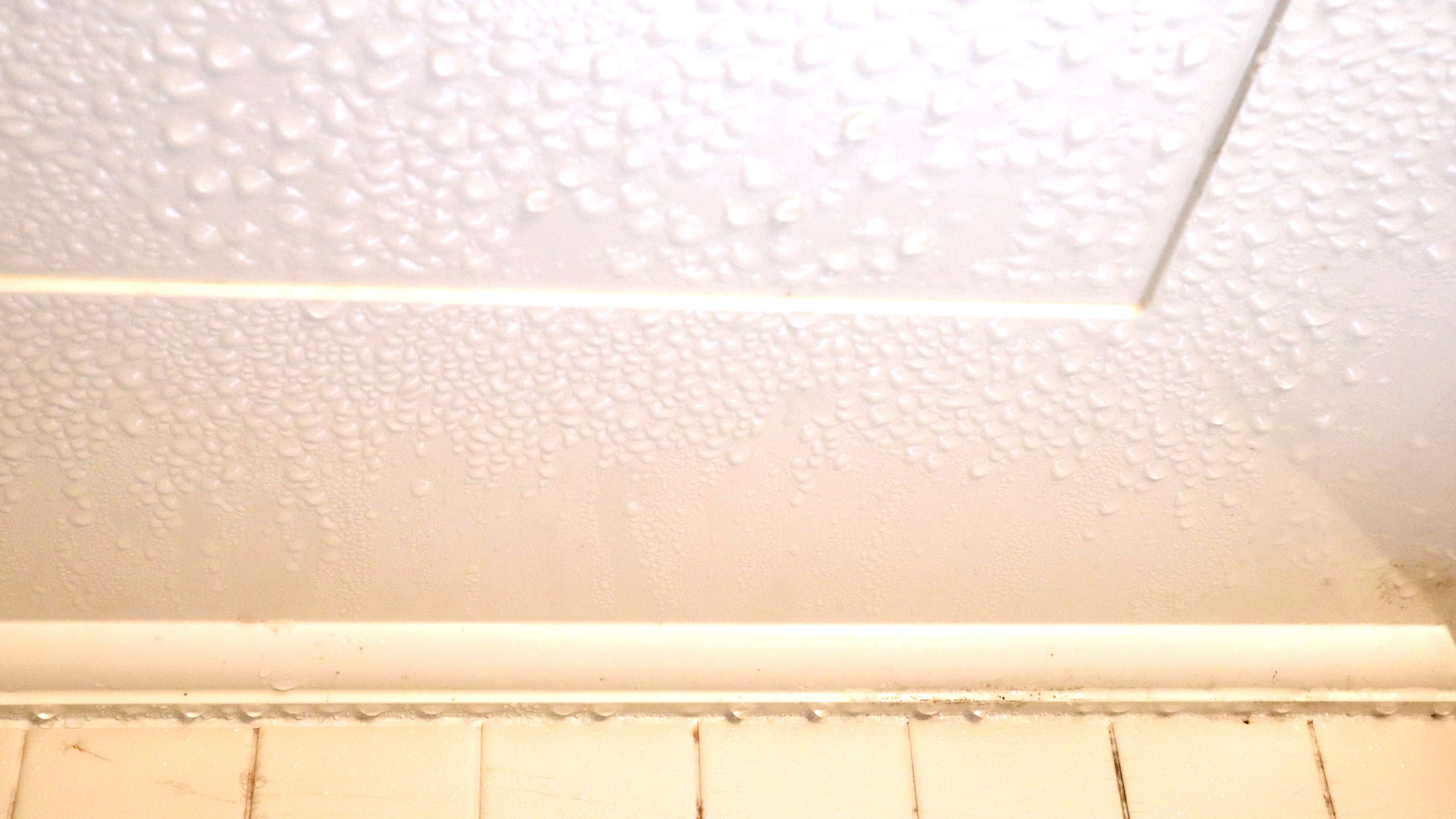
Constant condensation on ceilings – or anywhere – usually indicates a problem that needs sorting, and quick. The longer it's left, the more problems will occur further down the line. There may be a simple solution, but in most cases, you are looking at a major job.
But before you start panicking, you need to assess the problem and get some expert advice on what to do. Here, those in the know reveal why it happens, when you should start worrying about condensation on ceilings, and what you can do to deal with it before mould starts to appear.
Is condensation on ceilings a common problem?
Although we are often used to figuring out how to stop window condensation, such as making sure you've invested in the best dehumidifier to remove excess moisture, or ensuring we've installed the best bathroom extractor fans to deal with hot showers, condensation on ceilings isn't always something you expect to see. But, the reality is, it's more common a problem than we think.
“Condensation in the UK is a real problem, affecting one in every five properties," says Andy Simms, from MyBuilder.com.
"Ceilings are a very common place to find condensation because as warm, damp air moves up and hits the cold ceiling, this causes water to form on it. Ceiling condensation can cause problems like mould, structural damage, damp and peeling paint."
But, are there any other contributing factors to suddenly seeing condensation on ceilings?

Andy Simms has a decade of experience on the front line in construction as a multi-trader. With a vast amount of knowledge and expertise in both homebuilding and maintenance, Andy is always on hand with valuable advice for homeowners.
Try this loft insulation to help stop ceiling condensation
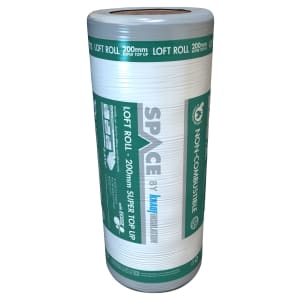
A 200mm glass mineral wool insulation roll that offers excellent thermal performance and is designed for use in cold lofts, where pitched roofs are insulated at ceiling level.

These eco-friendly Rockwool thermal insulation rolls are easy to install and provide high-performance insulation. Plus, its porous structure delivers excellent sound insulation.
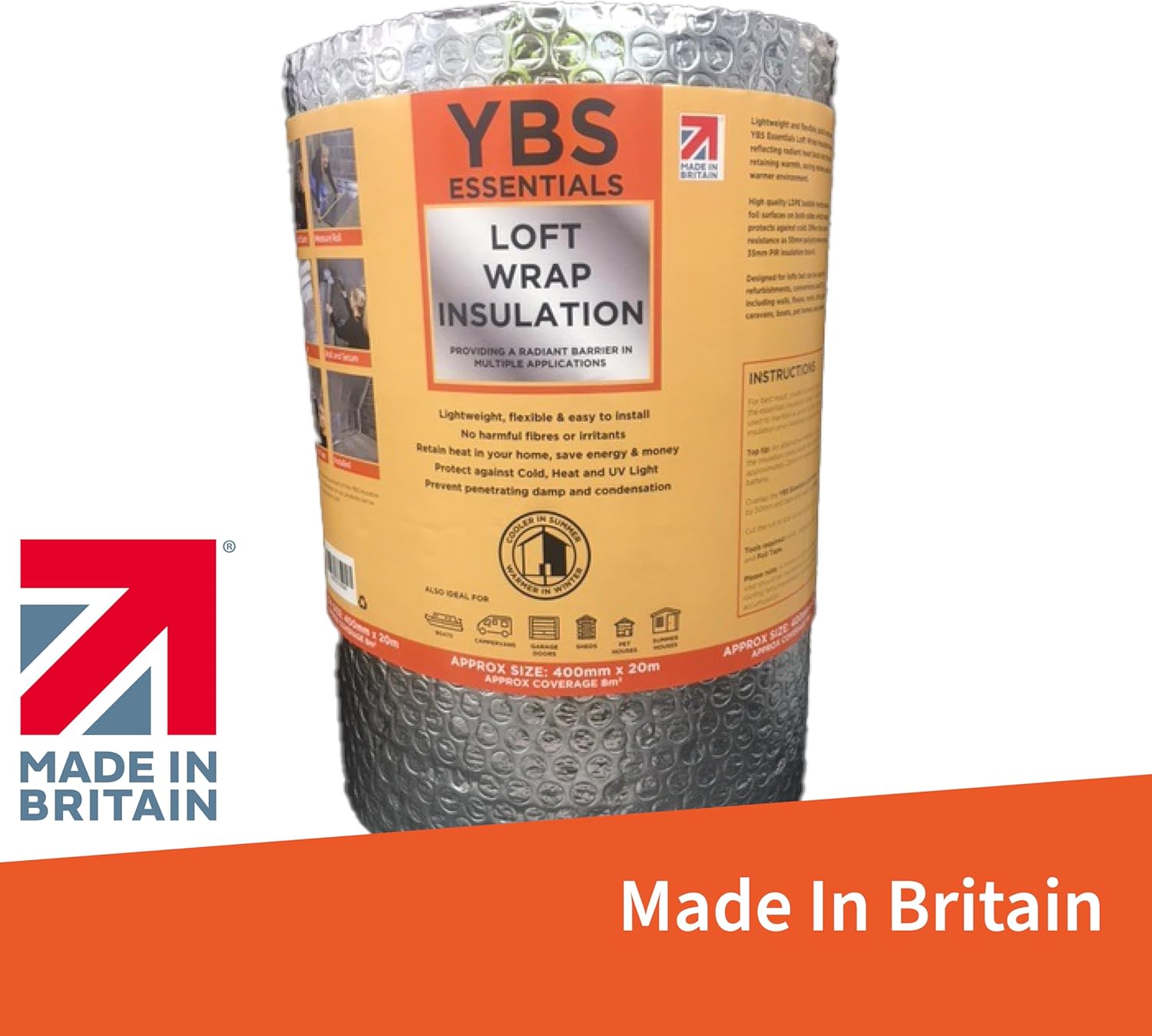
A 20m insulation foil roll ideal for adding to roof rafters to help combat condensation when combined with glass mineral wool insulation. Use with Aluminium foil tape to cover joins.
The causes of condensation on ceilings
According to the experts, there are three main factors which can all contribute to the problem of condensation on ceilings.
Bring your dream home to life with expert advice, how to guides and design inspiration. Sign up for our newsletter and get two free tickets to a Homebuilding & Renovating Show near you.
1. Ventilation issues
“Poor home ventilation is a major cause of ceiling condensation," says Andy Simms. "This is why bathrooms and kitchens are most prone to ceiling condensation, as these rooms produce a lot of steam from showers, baths, and cooking.
"Keeping your windows and doors open while cooking or showering is very important to reduce moisture levels," he says.
Mike Storey, an insulation expert and manager at UK Flat Roofing and Insulation Specialists, stresses the importance of ensuring there is sufficient fresh air in these rooms in order to limit the amount of condensation that is allowed to form.
“Stagnant air traps moisture coming from the steam of your shower or your clothes washing, especially if your windows are sealed or vents are blocked," he explains. "This is particularly bad in humid rooms like bathrooms and kitchens and can lead to moisture buildup which will settle on any cold surface."
“Modern homes designed for energy efficiency often inadvertently reduce airflow, which traps moisture," adds Mike. "This humid air can accumulate and lead to condensation." It's why methods such as house burping, which may sound silly, but is in fact simply a term used to describe regularly allowing stale air out of your home and fresh air in, is especially important during the winter.
"But, it's not just an issue about lack of ventilation," adds Mike. Unwanted ventilation can also be an issue in older properties. Small cracks in ceilings, walls, or window casings of older homes can allow warm indoor air to escape, cooling surfaces and causing condensation.”
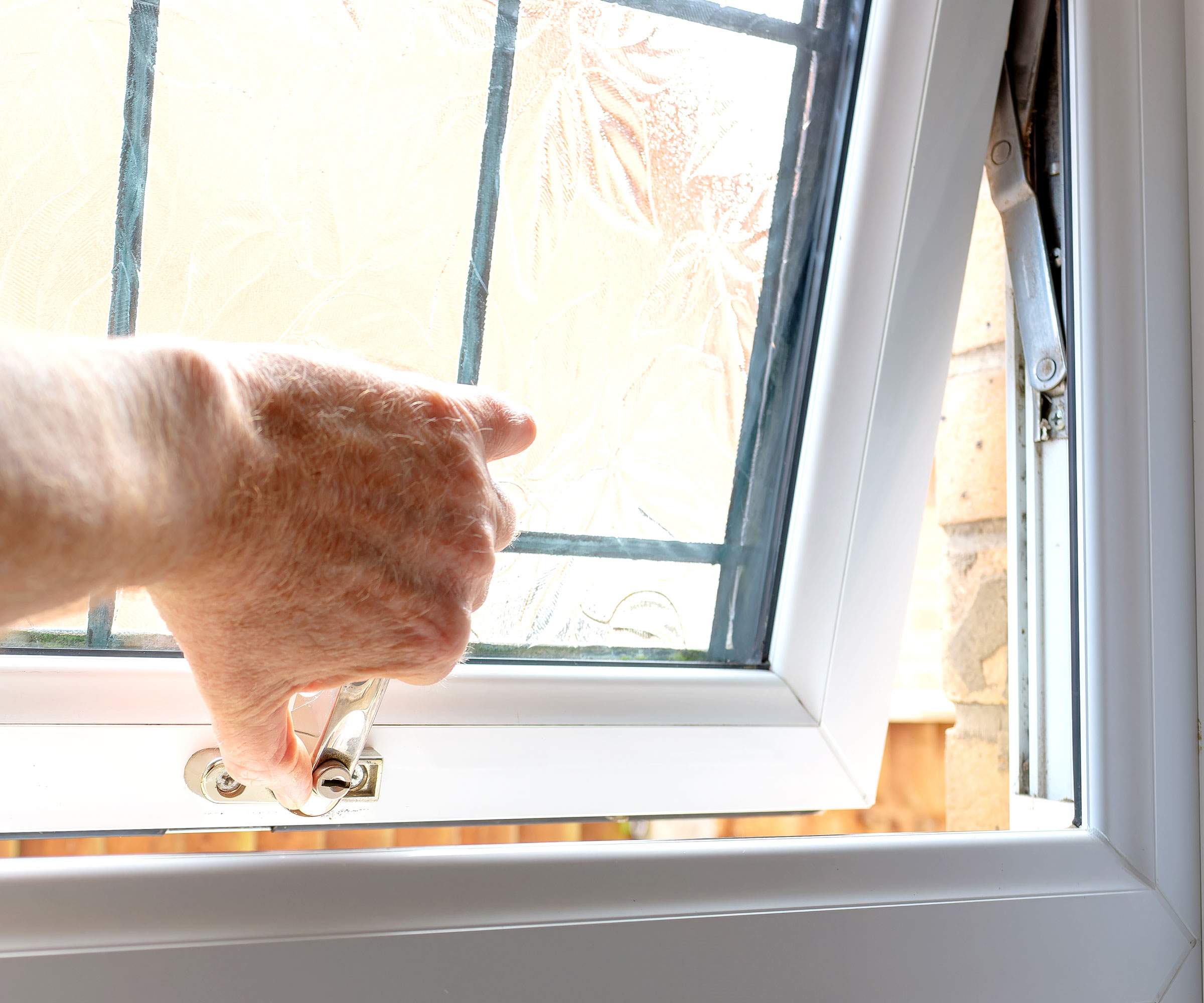

Mike Storey is an insulation expert and Manager at UK Flat Roofing and Insulation Specialists, which provides a variety of flat roofing and construction supplies in Manchester and across the UK. UK Flat Roofing was founded in 2014 and is now one of the largest roofing and insulation specialists in the country.
2. Insulation – using the right amount
Another contributing factor towards condensation in ceilings is not having enough insulation in your roof or loft space.
“If your loft or roof isn't properly insulated, it can create cold spots on the ceiling," explains Mike Storey. “Gaps in insulation – around recessed lights or edges, for example will create localised cold spots,” he explains.
"So, when warm, moist air from inside your home touches these cold spots, it cools down and turns into water droplets, causing condensation."
There's also a bigger picture at play too, warns Mike Storey. "As well as creating the perfect environment for condensation to form, it can also make the rest of your home chillier too. Cold spots also account for 30% of heat loss in a house."
However, getting the right amount of insulation is also key. “Ironically, if your loft or roof space is over-insulated without adequate ventilation, it can also trap moisture," warns Mike. The consequences? This trapped moisture can then lead to condensation forming in the loft space which can in turn drip onto your ceiling from above, leading to damp patches.
So what can you do to fix this? "Consider hiring an expert to fix or upgrade your insulation," suggests Andy Simms. "It can make a big difference in keeping rooms dry and preventing ceiling condensation.”
While insulating your roof is likely to be a bigger job, if the problem lies with your loft space, insulating a loft is something that can be tackled by a proficient DIYer. Start by understanding the answer to how much loft insulation do I need and then work out your budget based on our guide to loft insulation costs.
3. Broken or damaged building materials
But what if your loft insulation is up to scratch and you have just the right amount? “Missing tiles, damaged flashing, or insufficient underlay can also let cold air seep in, causing condensation on the ceilings below," says Mike Storey. "Rainwater or cold air can enter through damaged roofing, causing leaks and cooling the ceiling which encourages condensation.”
You may also need to take a look at the overall fabric of your building's structure, suggests Mile Storey. “Some materials absorb and retain cold more effectively. ceilings made of concrete, are more prone to retaining cold, meaning condensation will occur in these areas more frequently.”
Rooms where ceiling condensation is more likely to occur
Although problems with insulation or building materials can affect any area of your home, there are rooms in your home that by default will be more at risk of condensation on ceilings, says Mike Storey.
- Bathrooms: “Condensation is more common in rooms where humidity levels are naturally higher, like bathrooms Hot showers and baths fill the air with steam, saturating the air with moisture. Poor ventilation will lead to moisture accumulating on the ceiling, so it is important to open windows after a shower or use the window’s trickle vents.”
- Kitchens: “Condensation will occur when you are cooking, particularly when you are boiling water, including using your kettle. This generates steam, which rises and condenses on cooler surfaces, and is more likely to come in contact with your ceiling if you are not using an extractor fan.”
- Bedrooms: “It might be surprising, but it is possible to create condensation on the ceiling while asleep. As you sleep, your body sweats and the humid air from your breath can reach the ceiling, walls or windows. This is more likely in winter, as you will have the doors or windows closed to keep the warmth in, although this limits the ventilation in the room.”
- Utility rooms: “You’re more likely to dry your clothes in the home during winter, but this is a major contributor to moisture build-up. Condensation in utility rooms can be caused by moisture trapped in the area. Heat from dryers can also create condensation if ventilation is blocked.”
Try these dehumidifiers to help remove excess moisture
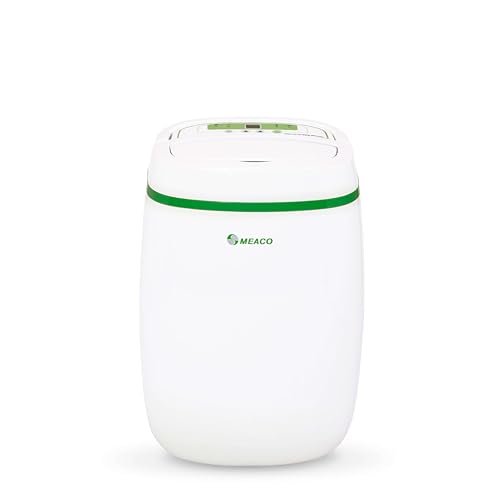
This 12-litre, whisper-quiet, low-energy dehumidifier is ideal for smaller spaces. It comes with a HEPA filter for air purification and an auto-stop feature that stops the tank when it's full to prevent spills.

This super quiet dehumidifier removes up to 16 litres of moisture in 24 hours. Ideal for spaces up to 75m2, it has an integrated handle for easy moving.

This dehumidifier removes up to 20L of excess moisture per day with a 6.5-litre tank. It has a state of the art State-of-the-art sensor with LED display and a handy Sleep Mode to switch off display lights.
The main ways to tackle condensation on ceilings
The two main approaches to dealing with condensation on ceilings are clear, say the experts: ventilation and insulation.
“Make sure each room in your house is ventilated properly, especially bathrooms and kitchens where condensation builds up more frequently," says Mike Storey. "Use extractor fans and open windows or trickle vents to remove moisture from the air, specifically after a shower or bath.”
Secondly, make sure your home has the correct levels of loft or roof insulation and the best type of loft ventilation .
“Proper insulation in your loft or roof space can help maintain a consistent temperature and reduce the risk of condensation. Inspect for cracks in the plaster, especially where pipes, cables and light penetrate the loft space. Loft hatches that aren’t fitted well can also cause air leaks and might require sealant or insulation to block.”
FAQ
Is condensation on ceilings the same as condensation on walls?
You may be asking yourself, if you have condensation on walls will you automatically have it on the ceiling?
“If you have condensation on your walls, you won’t always have it on your ceiling, although it’s common for both to occur in certain conditions," explains Mike Storey.
"The likelihood of it appearing will depend on the temperature and ventilation in the room. However, walls, especially external ones, are often more exposed to outdoor temperatures and may cool down faster than ceilings, making condensation more likely to form on the surface. Additionally, sources of moisture like steam from cooking or showers, often settle on walls before reaching higher surfaces.
"On the other hand, ceilings can remain unaffected as long as the insulation is sufficient," he says.
"However, in rooms with high humidity, poor ventilation, or fluctuating temperatures, condensation can affect both the wall and ceiling simultaneously, as the moisture in the air will settle on any cool surface it encounters.” Make sure you follow the advice on the minimum house temperature to avoid unnecessary fluctuations in your home's ambient temperature.
Worried about the signs of condensation in other areas of your home? Find out what causes condensation inside double glazed windows and follow these tips to help prevent condensation in conservatories.

Sarah is Homebuilding & Renovating’s Assistant Editor and joined the team in 2024. An established homes and interiors writer, Sarah has renovated and extended a number of properties, including a listing building and renovation project that featured on Grand Designs. Although she said she would never buy a listed property again, she has recently purchased a Grade II listed apartment. As it had already been professionally renovated, she has instead set her sights on tackling some changes to improve the building’s energy efficiency, as well as adding some personal touches to the interior.
